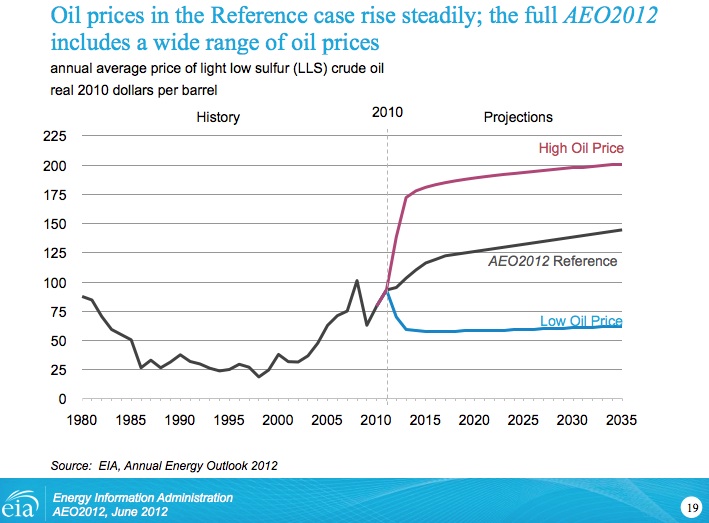Richard Ha writes:
If you signed up on the website with the Big Island Community Coalition, you recently received the following email from us.
Gail Tverberg received it and she emailed me this:
Thanks! Good for you!
The message about getting lower cost electricity is exactly right. It is hard to be very competitive (except maybe at tourism) with very high energy costs.
It’s hard for me to express how respected a position Gail holds in the world of energy commentary. She is very knowledgeable, highly respected and she holds the starkest possible view.
I look at what she has to say as, “Okay, that’s the worst case possible, and let’s figure out a way around it.” What she emailed me validates our “work-around.” It’s an extremely important validation.
From the Big Island Community Coalition:
Aloha Members!
The PUC is holding two hearings this month, one in Hilo on October 29th, 6:00pm at Hilo High Cafeteria, and the other on October 30th, 6:00pm at Kealakehe High School Cafeteria. They want to hear YOU. Bring your kids, bring the kupuna, and bring your friends. Tell the PUC how rising electricity rates are affecting you and your family. We do not have to accept these rate hikes.
Rising electricity rates act like a giant tax that hurts the most defenseless among us. Seniors on fixed income, single moms, renters, working homeless, and businesses are all hurt by rising electricity rates. Just last month, it was reported that two houses burned down from using candles. One household was using candles for light because they could not afford the electricity bill.
The Big Island has had electricity rates 25% higher than Oahu for as long as anyone can remember. If we were successful in getting the Big Island electricity rate lowest in the state, we would be able to grow and sell more products on Oahu. There would be more jobs here on the Big Island. Instead of leaving for the mainland to find jobs, our children would be able to stay here and work.
If we were successful in getting locally-produced, lower-cost electricity, our school budget would not rise by 25% every two and a half years. That saving would go toward your child’s education instead of oil from a foreign country.
Already your actions are starting to get results. Just a short time ago, no one could imagine talking about lowering electricity rates. But because of the actions of the Big Island Community Coalition, HELCO is running full page ads in the newspaper. They are now focusing on how they can lower your electricity rates. If you show up in large numbers at the PUC hearings, you can change the thinking of the state government as well.
At the last PUC hearing the participants were mostly from Ka’u. This time folks from Ka’u, Kona, Kohala, Puna, Hilo, Waimea — the whole island, will be represented. At the last PUC hearing, the Consumer Advocate was in favor of ‘Aina Koa Pono, dismissing the opposition as NIMBYism. This time when you all show up from all parts of the Big Island, the Consumer Advocate has no choice but to advocate for the consumers — all of us.
Your beliefs become your thoughts,
Your thoughts become your words,
Your words become your actions
Your actions become your habits,
Your habits become your values,
Your values become your destiny.
– Mahatma Gandhi
When you show up at the PUC hearings in large numbers, your words will become your actions. Then your actions will become your habits — on the way forward, your values will become your destiny. Our values are — taking care of all of us, not just a few of us, for generations to come.
Share Your Story
How has the rising cost of electricity affected you and your family? How would an even higher electricity rate have an impact on your lifestyle? Are you neighbors with the family who spends their evenings by candlelight? We want to know. Every story matters. This issue of costly energy involves all of us. Email us your story to bigislandcc@gmail.com.
Please mark on your calendar the PUC meeting nearest you, and consider attending if you can. Every person in attendance, every story, will make a difference.
And join us at the Big Island Community Coalition if you haven’t yet. Enter your email address here, and we will send you an occasional newsletter, like the one above, to keep you informed.




